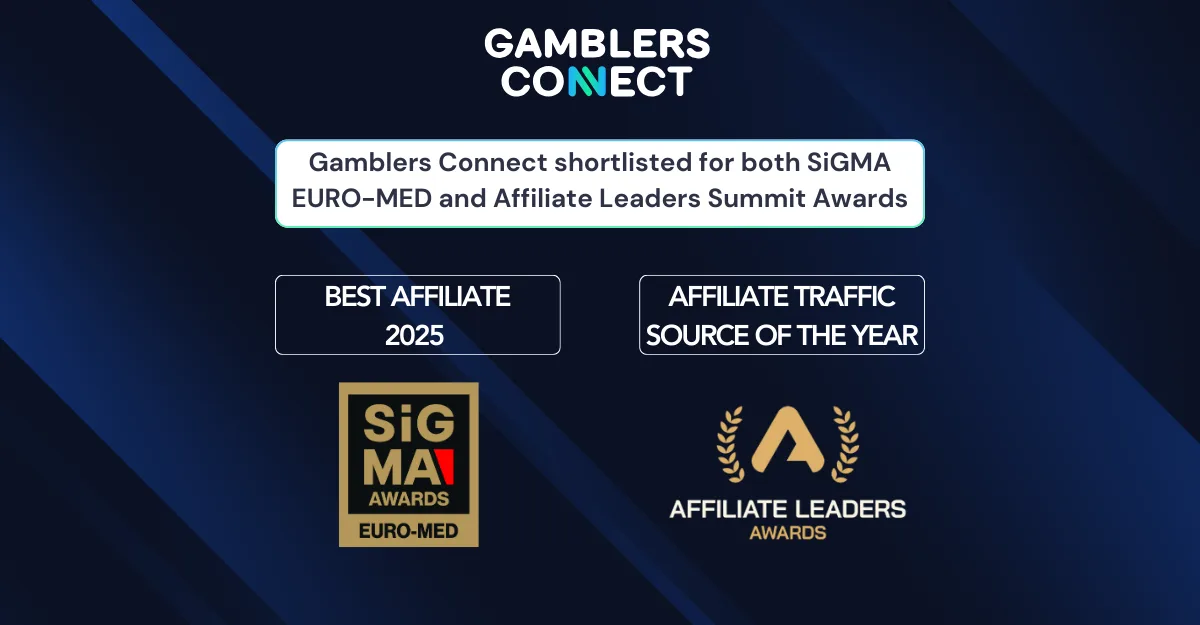Many financial concerns are tightly related to money laundering and the desire of the offenders to legitimize assets. Unfortunately, the gambling industry is often regarded as a suitable way to transform illegal money into legal funds. Login Casino continues covering the shakiest gambling business news, now explaining the issue of anti-money laundering (AML) and its specifics in the gaming industry.
Why are anti-money laundering procedures needed?
Anti-money laundering procedures became needed just after the financial system was set and stabilized as a suitable exchange option. As people understood the power of money quite quickly, they were trying to apply all their creativity to get extra funds without hard work. With human evolution, both money smurfing and appropriate countermeasures have been developing, and this process continues.
Interestingly, global digitization didn’t become the key to resolving the opposition. While most of the money across the world is going through one or another bank account, offenders know how to cheat controlling systems. Moreover, the development of technologies like blockchain increased the anonymity of financial transactions, although the detecting techniques also became better.
The issue of money laundering and its countermeasures is the long-lasting war where the perpetrators try to appeal to human privacy rights. Such an idea is clear enough and is often supported by people who don’t even need to cover their assets. Nonetheless, the governments also use clever tactics and talk about counter-terrorism and corruption when trying to receive the needed public support.
All in all, a lot of countries are actively using anti-money laundering laws. Some of them try to develop their own regulations on the discussed issue and have specific structures (like the US’s FinCEN), while others are ready to cooperate and develop common rules (like EU’s AML directives) to stop fraud activity. So, let’s go step by step to bring a clear understanding of the key elements related to money laundering and the battle against it.
Understanding the issue: examples of money laundering
When the phrase “money laundering” appears, most of the ideas are related to finances’ dark past. Usually, the talk is about drug trafficking, weapon trade, terrorism, and some other forbidden aspects that still exist in the 21st century.
The US’s FinCEN (Financial Crimes Enforcement Network) defines three main stages of money laundering procedure:
- placement;
- layering;
- integration.
The first element means that illegal money should be implemented in the legal field and even in the form of cash. It can be done with any company that doesn’t require the history of money appearance and which is often related to offenders. It can be an investment in real estate, a casino that welcomes funds to be spent in the venue or opening a firm that will sell something usual but declare big profits.
The next step means the creation of the funnel the money should go through. Among the most traditional ways is to transit assets from one account to another. The more accounts are in the chain of such transactions, the harder it is to define the funds’ initial source. It appears to be effective as economic regulators traditionally have a fixed number of accounts to be checked, so when they see that a dozen operations ago assets still have a legal source – they stop checking. Another way to hide all the traces is to use modern technologies and to participate in the blockchain betting on sports, for instance, with a further legal withdrawal.
Integration is the final step in this chain and means that money is clear and can be used in any way. The owner now is sure that all his assets are ready for fact-checking and the history of the transactions is clean, so he or she can spend them in any legal field.
AML in the gambling industry
As the gambling industry is gaining momentum all over the world and involves huge money transactions, financial regulators have come with AML procedures that should be adhered to. As casinos are gladly receiving cash and focused on gaining the standard fee from punters, they welcome huge money amounts to be deposited. Moreover, gambling firms are often regarded as the destination or chain-link during the layering process, so the importance of anti-money laundering procedures is needed in the sector.
EU legislation & Anti-Money Laundering Directives
As AML steps are quite similar in different countries, let’s review how gambling in Europe is organized in terms of laundering protection. EU states are focused on developing Anti-Money Laundering Directives, with the latest 5th revision that was agreed in 2018. Interestingly, not all the states have adopted the latest version of the rules, and a lot of countries are still working under the AMLD 4 activated in 2015.
Another interesting element relates to the pace of AMLDs releases. Thus, the third version of the protective documents was presented in 2005, with a ten-year period pause. However, the development of technologies and the growing popularity of cryptocurrencies forced the EU to review AMLD 4 in just three years.
Having regard to the fact that AMLD 5 isn’t totally adopted, let’s review the fourth revision of the financial documentation. The latter doesn’t contain a lot of information about the gambling sector as anti-money laundering procedures are more common in other economic sectors. Still, the common regulation states a few clear elements that should be adhered to by gambling venues, both offline and online nature:
- Applying customer due diligence measures.
- Fixing all the transactions that are 2000 EUR or higher.
- Link the highly valuable transactions with the particular person.
- Inform the appropriate state authorities about suspicious transactions.
However, that is not the full list of requirements that are used in regard to the gambling industry. Thus, many common laws require only verified payment methods or regulating the cooperation with financial institutions. Moreover, the AMLD 4 also defines simple terms like financial crime, money laundering, gambling services, and many other essential things.
Know Your Customer and other approaches
Interestingly, customer due diligence is often regarded as part of the Know Your Customer (KYC) procedure, while the latter is regarded as part of AML practices. Moreover, gambling venues often work with KYC as the basic element of a more general AML approach.
Know Your Customer in recent times is the in-depth verification procedure, which includes a lot of information about the customer:
- name;
- age;
- nationality;
- contact information;
- marriage status;
- information about bank accounts;
- history of financial transactions;
- presence in the self-exclusion schemes (if such are actual in the particular state);
- etc.
Thus, state officials usually require compliance with the KYC procedures, which can be simplified to ID verification with the help of cards. Many EU states are moving to such a system that helps with AML and prevent underage involvement or help vulnerable punters avoid gambling addiction. In simple words, the recent anti-money laundering procedures in the gambling sector are tightly related to other ones, so a potential investor has to know and understand them.
What is smurfing?
Smurfing is the lighter version of money laundering, which has appeared after the AML laws’ activation. For instance, the AMLD 4 requires fixing and reporting all the financial transactions that are 2000 EUR or higher. Not to be detected, smurfs can operate with 1900 EUR to avoid additional attention and control.
Also, one has to distinguish between smurfing and laundering. The latter is breaking laws by default as finances came from the forbidden sources. At the same time, smurfs are not usually law-breakers even though they are cheating with the existing requirements. However, this discussion can be easily turned to the issue of privacy and human rights, which is the topic for a separate philosophic discussion.
Read more: Best Gambling Payment Providers














